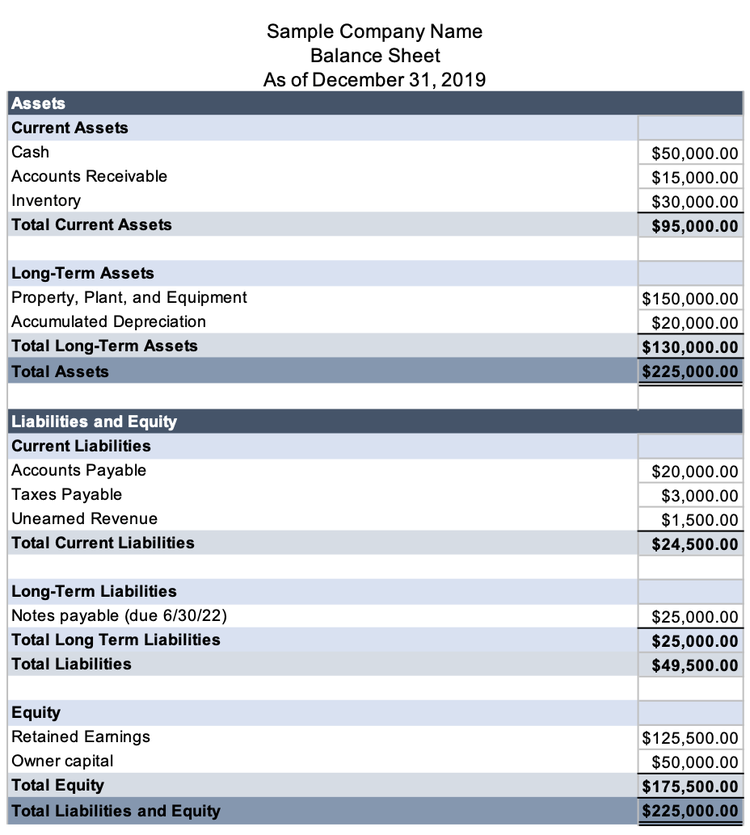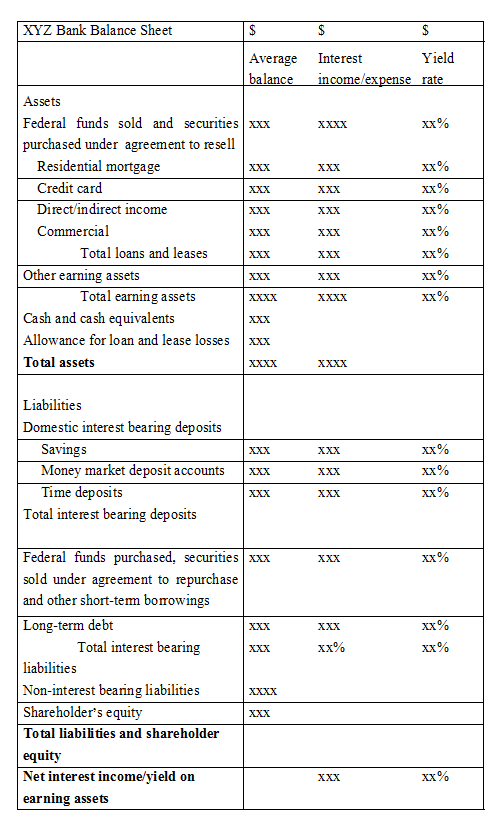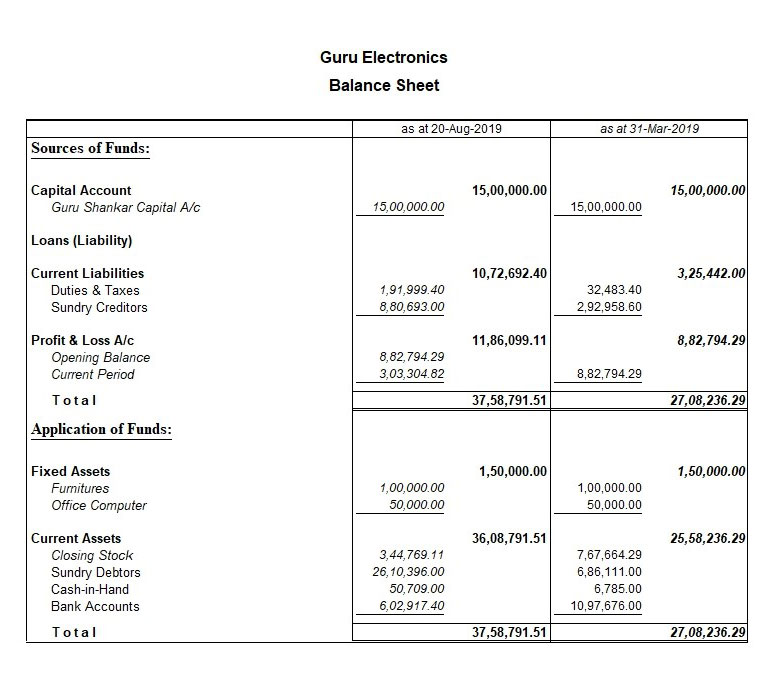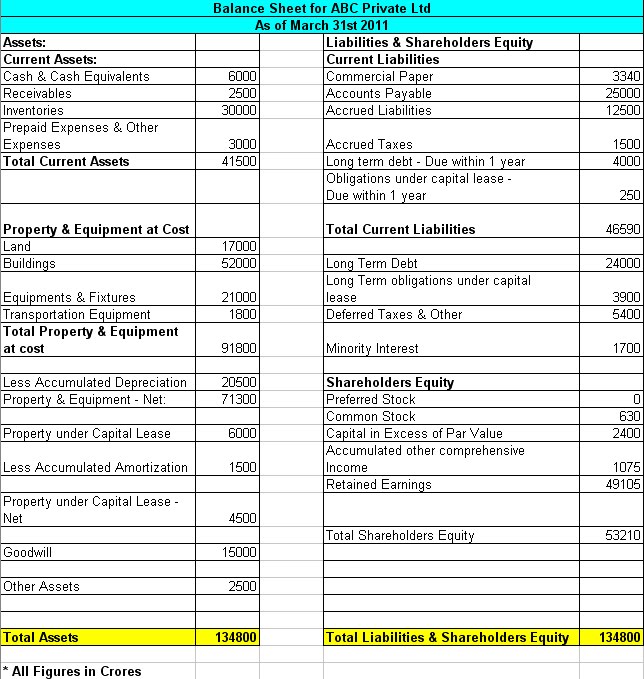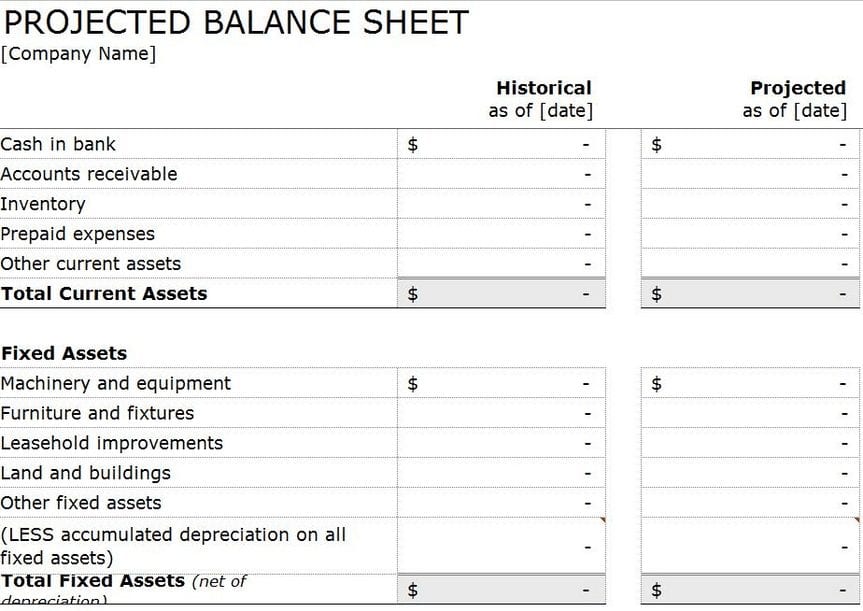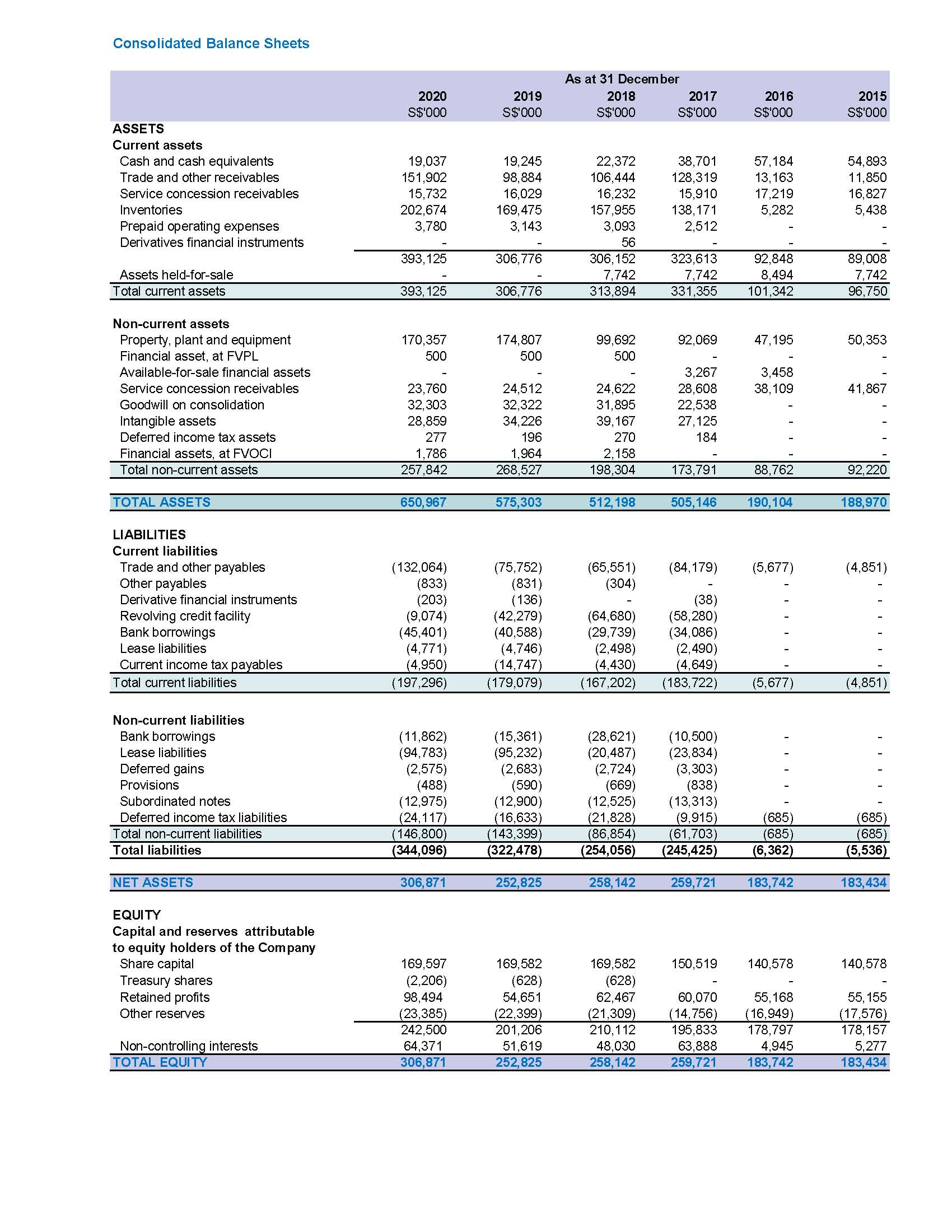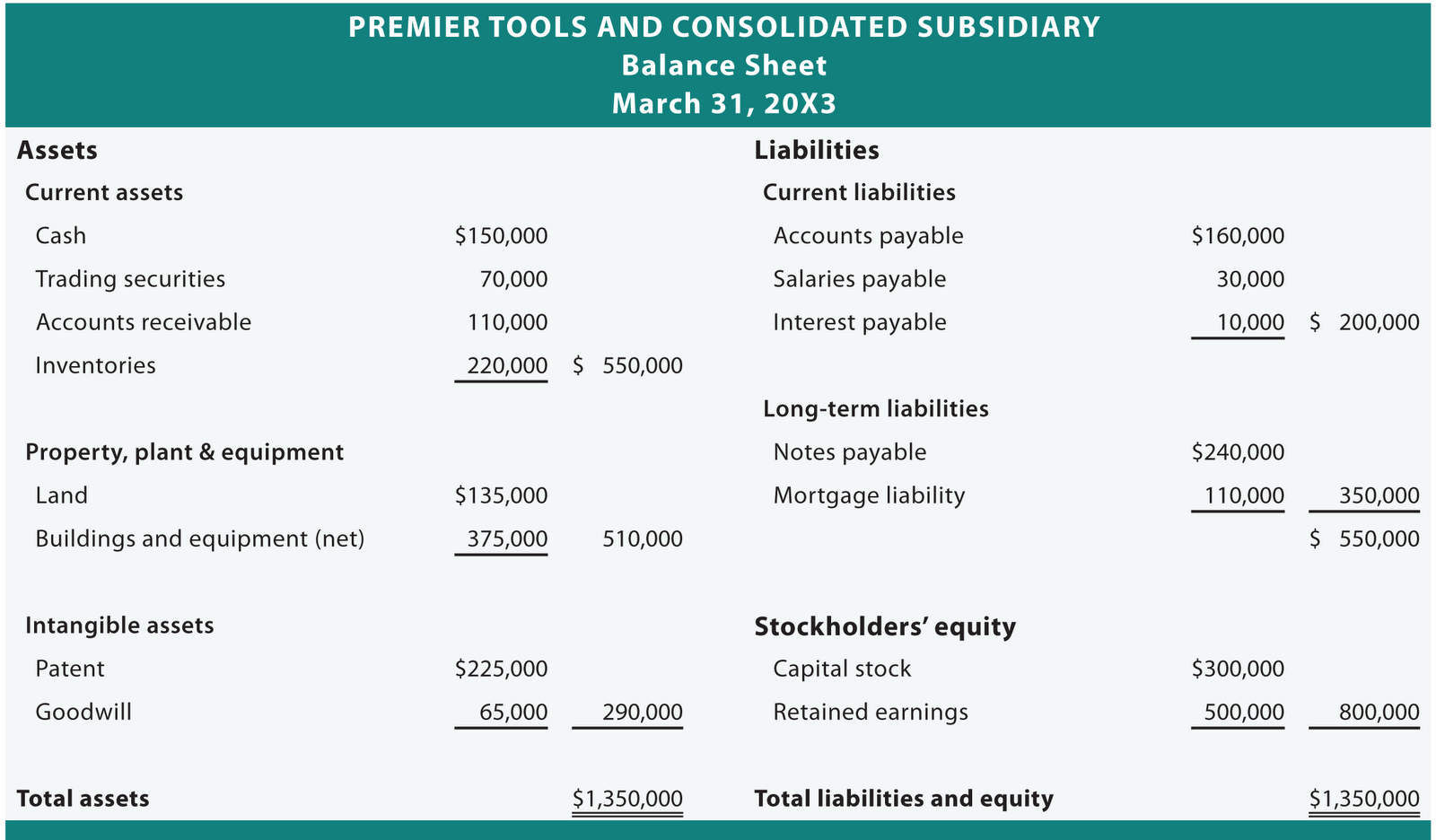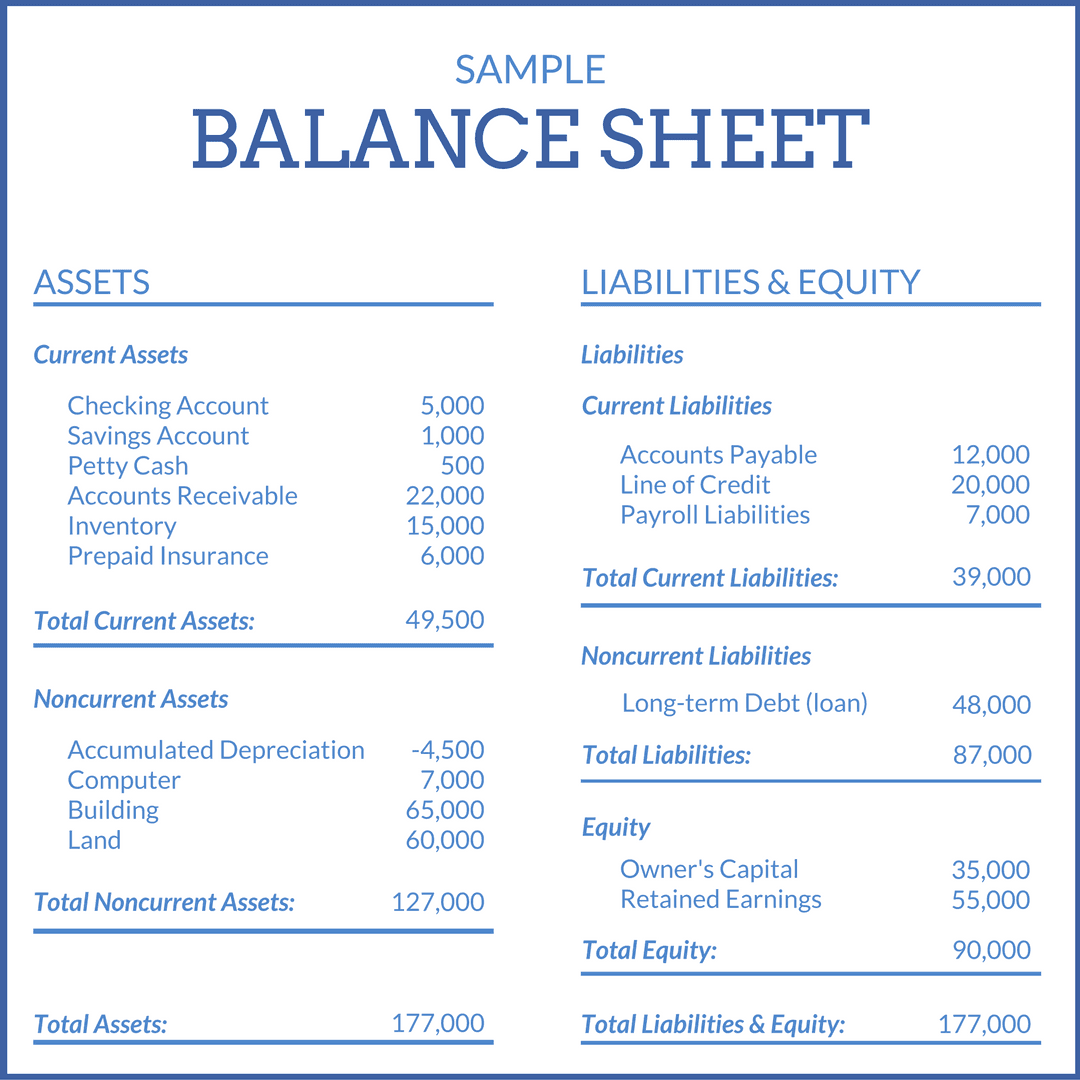Fantastic Tips About Difference Between Company Balance Sheet And Firm
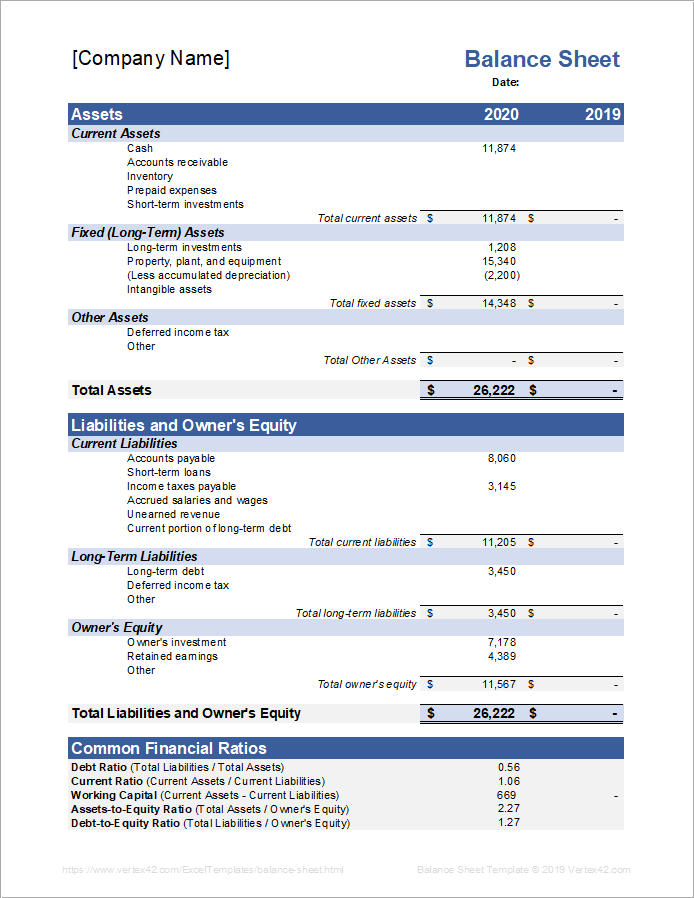
Assets must equal liabilities plus equity.
Difference between company balance sheet and firm balance sheet. Interviewing news career development a guide to comparing balance sheets a guide to comparing balance sheets indeed editorial team updated june 24, 2022 if you would like to track your business's financial performance over time, consider comparing its balance sheets. The differences between bank balance sheet vs. Balance sheets vs.
Learn what a balance sheet should include and how to create your own. Both are prepared quite differently. The balance sheet (also referred to as the statement of financial position) discloses what an entity owns (assets) and what it owes (liabilities) at a specific point in time.
It helps evaluate a business’s capital structure and also calculates the rate of returns for its investors. A company’s balance sheet is a snapshot in time. We provide free online classes for complete course of accounts class 11 and 12 at our youtube channel.
The balance sheet reflects the company’s performance since its inception, encompassing every single transaction, the amounts raised, the debts accumulated, the assets acquired and their. Balance sheets are important financial statements that provide insights into the assets, liabilities, and shareholders’ equity of a company. Many of the differences between the assets and liabilities of banks and those of other companies lie in the ways they are recorded on balance sheets.
Balance sheet consists of assets, liabilities, and shareholder’s equity. You can view the cl. The two sides of the balance sheet must balance:
It reports the resources of a company (assets), the company’s obligations (liabilities), and the difference between what is owned (assets) and what is owed (liabilities), or owners. In other words, a company's cash flow statement measures the flow of cash in and out of a business, while a company's balance sheet measures its assets, liabilities, and owners' equity. The balance sheet, one of three financial statements generated from the accounting system, summarizes a firm’s financial position at a specific point in time.
In short, the balance sheet is a financial statement that provides a snapshot of what a company owns and owes, as well as the amount invested by shareholders. Prepared at the end of an accounting time span, like a. The asset section begins with cash and equivalents, which should equal the balance found at the end of the cash flow statement.
Financial statement consists of the income statement, balance sheet, and cash flow statement. A balance sheet reports a company's assets, liabilities and shareholder equity at a specific point in time. The first one is notes to account are made in the company balance sheet while schedules are made in.
Welcome you all the dear students. Balance sheets serve two very different purposes depending on the audience reviewing them. Comparing several years of a company’s balance sheet may highlight trends, for better or worse.
You can learn a lot about a business’s health by looking at its balance sheet and calculating some ratios. Equity is the owners’ residual interest in the assets of a company, net of its liabilities. The balance sheet shows a company’s total value while the income statement shows whether a company is generating a profit or a loss.

